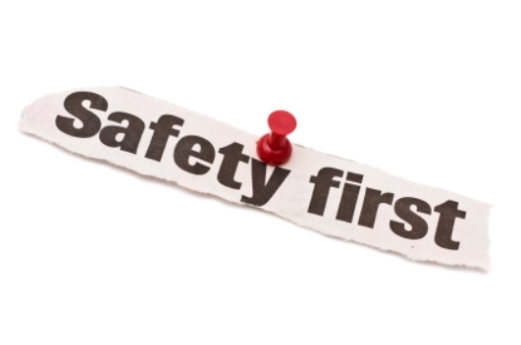Having a volunteer safety & security team is oftentimes a vital component to the overall Sunday worship experience in your church. Having an experienced and well-trained team is even more important. Members are very often eager to jump-in and serve whenever and wherever the need is present. However, the safety & security team could pose a bit more challenging than other volunteer opportunities so it is paramount that these individuals are selected carefully.
Background Checks
Since the Safety & Security team could have access to every area of the church, and for your peace of mind and due diligence, a criminal background check is recommended.
Experience
While not always necessary, an experienced security or law enforcement professional volunteer is preferable. Experience in this specialty field could save the church from future civil-liability issues.
Training
A comprehensive and on-going training program should absolutely be a part of this important service opportunity. Additionally, training should be well documented indicating the type of training, who conducted the training along with the dates the training was conducted.
To learn more about staffing and training a volunteer safety & security volunteer team, or to have a program implemented, email me directly at mark.a.santana@gmail.com



